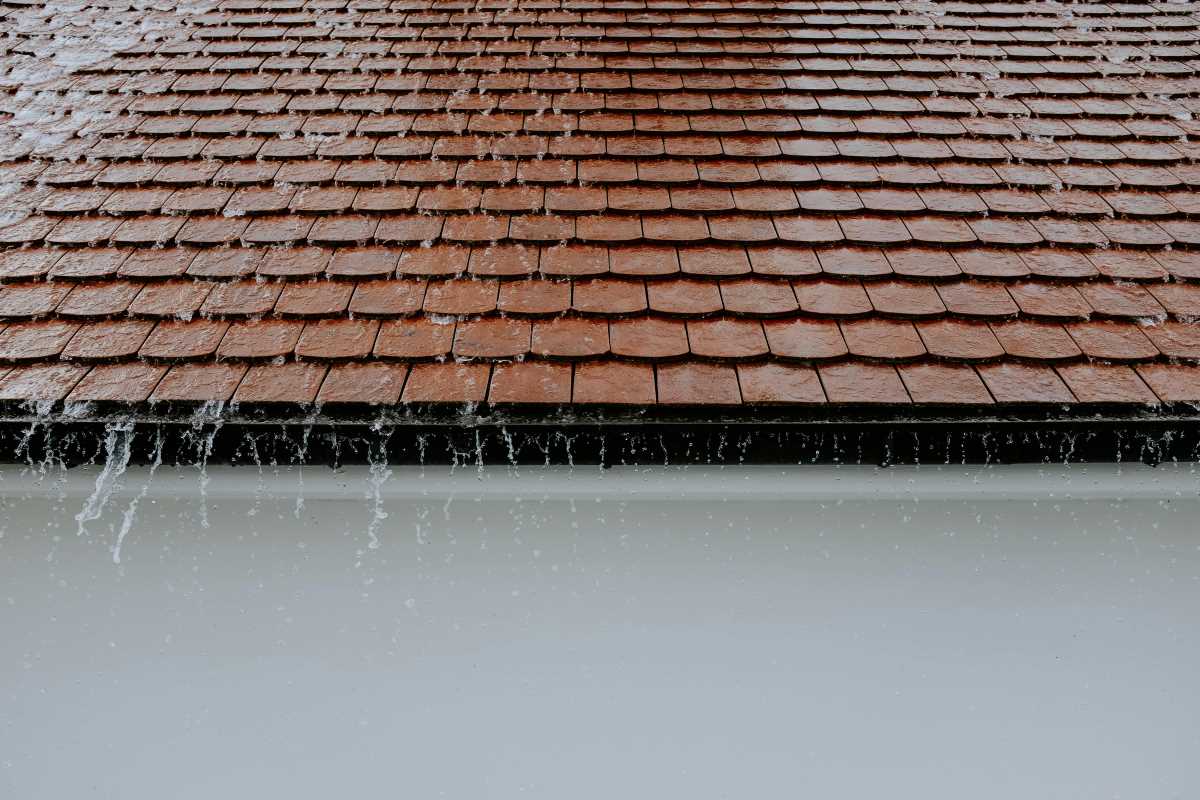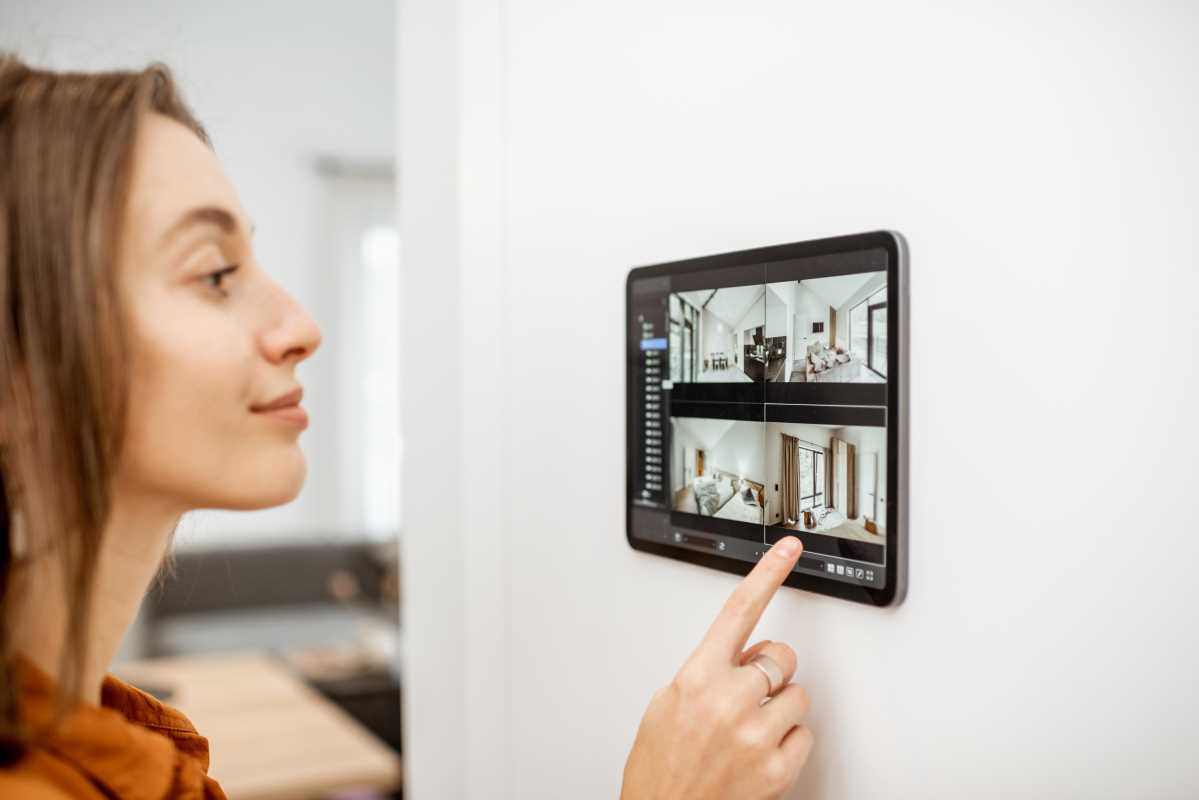If you want to make your home more sustainable, installing a rainwater harvesting system is a fantastic place to start. By capturing and storing rainwater, you can conserve this valuable resource, reduce your dependence on municipal water supplies, and lower your utility bills. It’s also an effective way to lessen your environmental footprint by decreasing the strain on local water systems and reducing runoff that can cause erosion or pollution. Whether you use the collected water for gardening, cleaning, or other non-potable purposes, a rainwater harvesting system is both practical and eco-friendly. This guide will walk you through each step of setting up an efficient and sustainable rainwater harvesting system right in your backyard, helping you take a simple yet impactful step towards a greener lifestyle.
Understanding Rainwater Harvesting Systems
Rainwater harvesting involves collecting and storing rainwater for later use. It offers a simple yet effective way to utilize natural resources efficiently. Here are some benefits of rainwater harvesting:
- Reduces dependence on municipal water supply.
- Decreases water bills by providing a free water source.
- Helps prevent flooding and soil erosion during heavy rains.
- Provides water for gardening, irrigation, and even household use with proper treatment.
- Encourages self-sufficiency and resilience against water shortages.
Materials and Tools Required
Before you begin the installation, gather all necessary materials and tools to ensure a smooth process. Having everything at hand saves you time and prevents interruptions.
You will need:
- A rain barrel or storage tank
- Gutter and downspout systems
- Mesh screens to filter debris
- Connectors and fittings
- A drill and screws
- Sturdy stands or a foundation for the barrel
- Tools like pliers, a wrench, and a level
Step-by-Step Installation Guide
- Choose the right location for your eco-friendly system. Select a spot close to your downspouts and ensure it's level and stable.
- Clean and prepare your gutters by removing any leaves and debris. This ensures that rainwater flows smoothly into the harvesting system.
- Install mesh screens at the top of the downspout to filter out larger particles and prevent clogging the system.
- Connect the downspout to the rain barrel using appropriate fittings. Make sure the connection is secure to avoid leaks.
- Elevate the rain barrel on sturdy stands or a concrete base to facilitate proper drainage and make it easier to fill your hoses.
- Attach a spigot near the bottom of the barrel for easy access to the collected water. Ensure it is tightly sealed to prevent contamination.
- Consider installing a first-flush diverter to keep the initial runoff, which may contain more contaminants, out of your storage tank.
- Label your rainwater harvesting system and provide instructions for regular use and maintenance.
Maintenance Tips
Maintaining your rainwater harvesting system plays a crucial role in its longevity and efficiency. Regular checks help you identify and fix issues before they become major problems.
Here are some maintenance tips:
- Inspect and clean the mesh screens monthly to prevent debris buildup.
- Check for leaks in the downspouts, connectors, and spigots regularly.
- Ensure the storage tank seals tightly to avoid mosquito breeding and contamination.
- Flush the system periodically to remove any sediment or organic matter.
- Monitor the water level and usage to ensure optimal performance.
Integrating with Other Sustainable Solutions
To maximize the benefits of your rainwater harvesting system, consider integrating it with other sustainable practices. Combining multiple eco-friendly solutions can significantly enhance your home's overall sustainability.
For instance, you can use the harvested rainwater alongside solar-powered appliances or composting systems. This combination not only conserves resources but also builds a more resilient and self-sufficient household. Exploring how rainwater harvesting complements other green technologies can lead to a more holistic approach to sustainability.
Potential Challenges and Solutions
While rainwater harvesting proves highly beneficial, you might encounter some challenges during installation and maintenance. Being prepared helps you overcome these obstacles effectively.
One common challenge involves ensuring adequate filtration to keep the water clean. Installing high-quality mesh screens and first-flush diverters can mitigate this issue. Another hurdle could be the initial cost of materials, but with careful planning and choosing cost-effective options, you can keep expenses manageable. Local regulations may also affect how you implement your system, so it's essential to check and comply with any relevant guidelines.
Setting up a rainwater harvesting system at home offers a rewarding project that promotes sustainability and self-reliance. By following this step-by-step guide, you can create an efficient and eco-friendly system that benefits both your household and the environment.
 (Image via
(Image via





